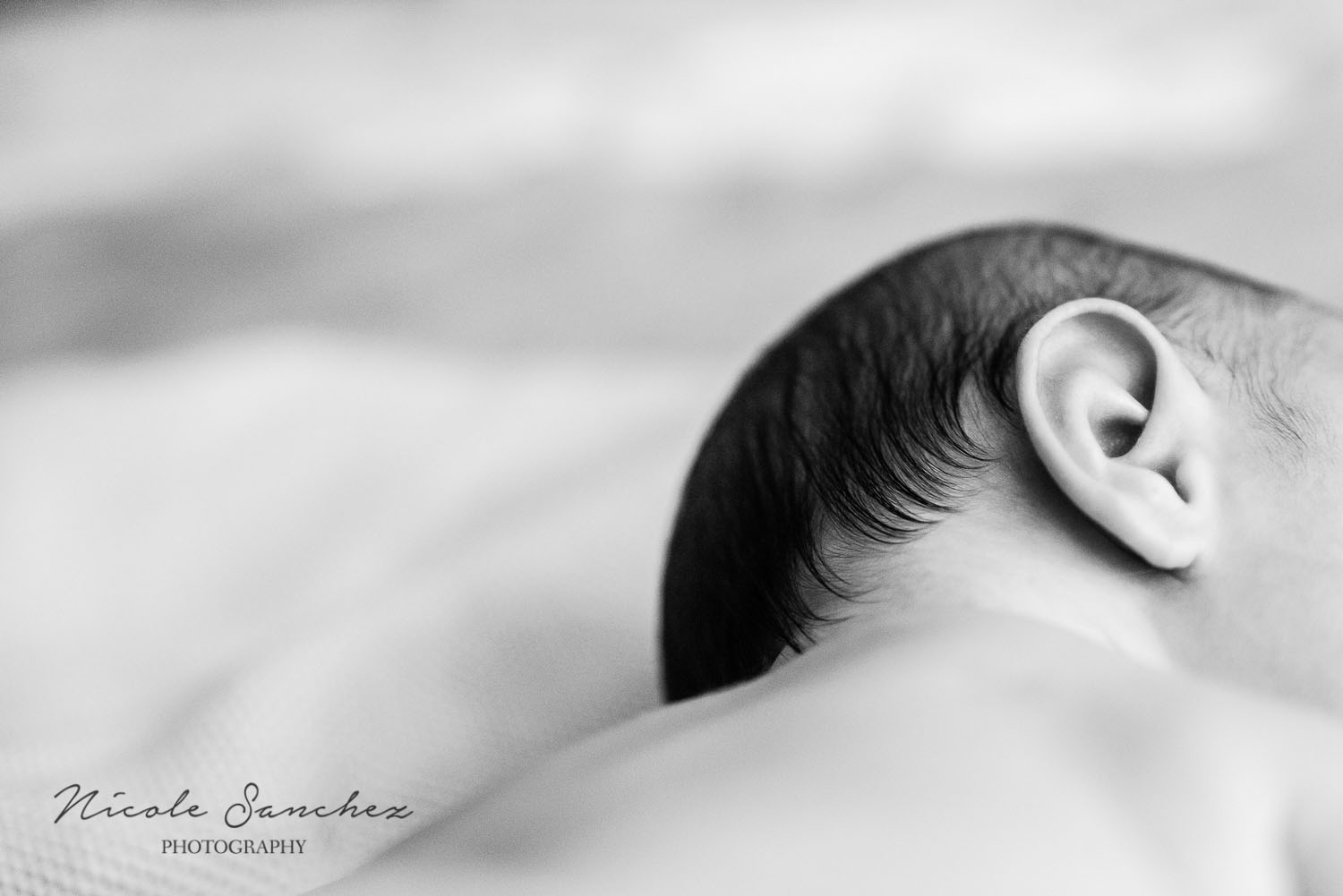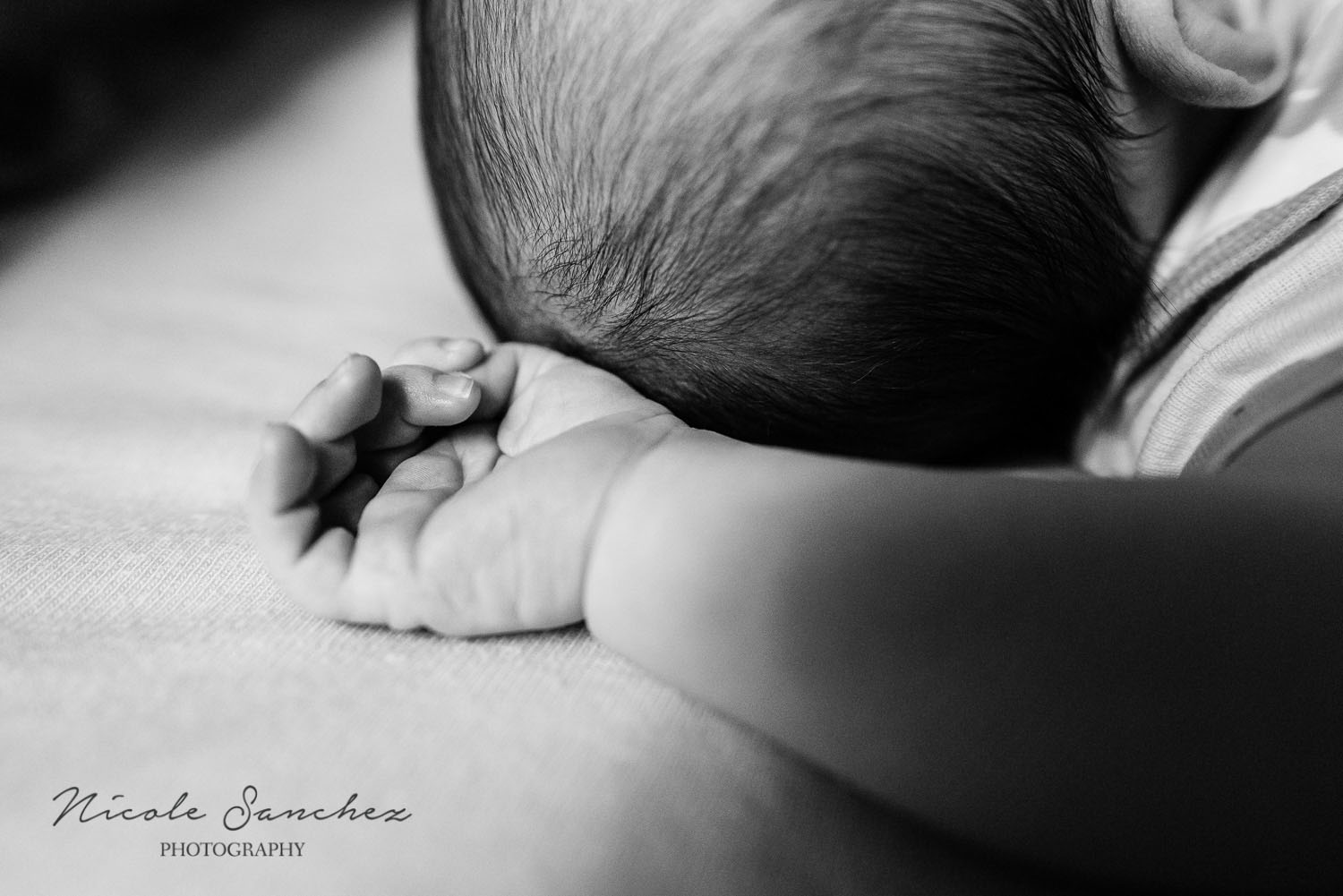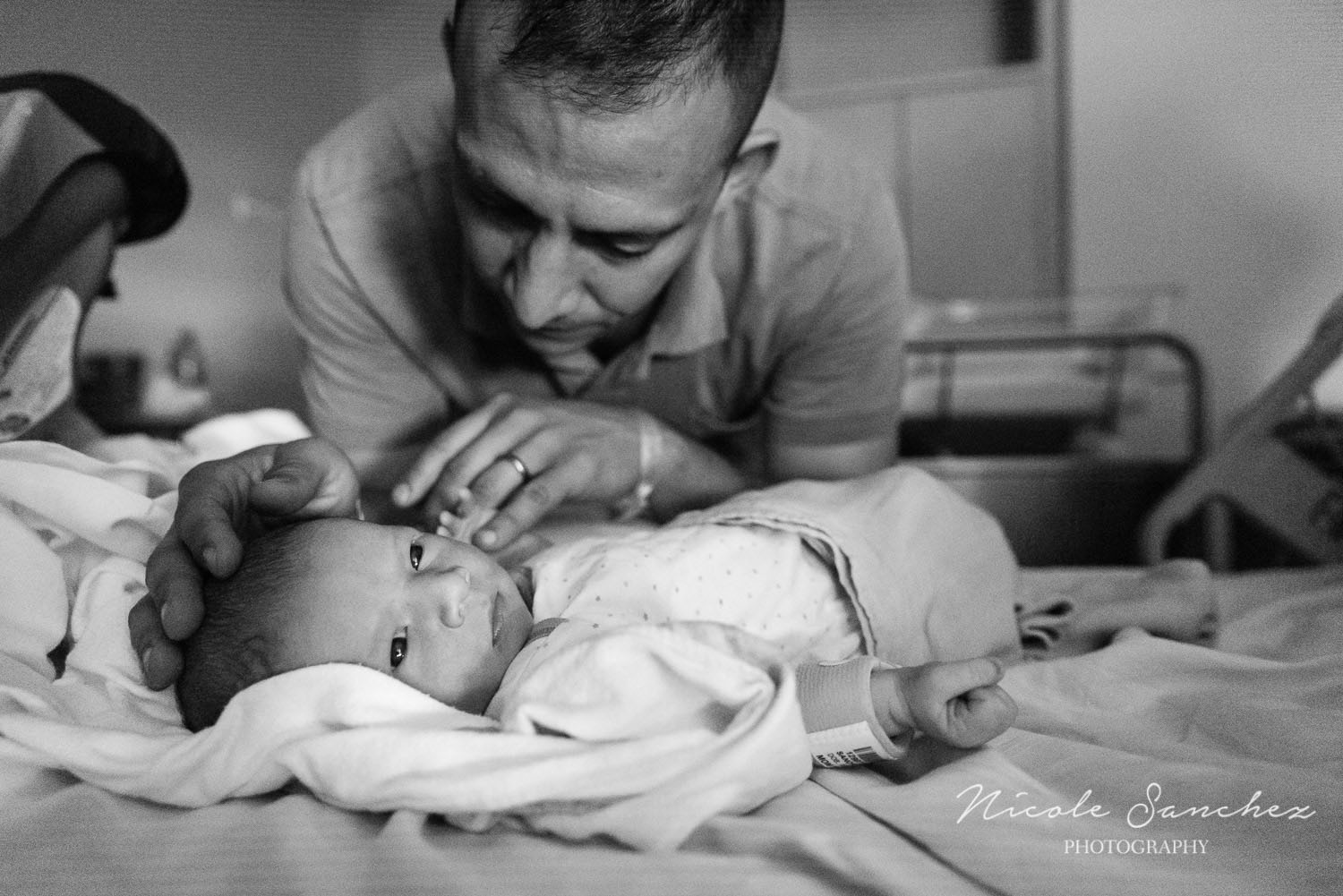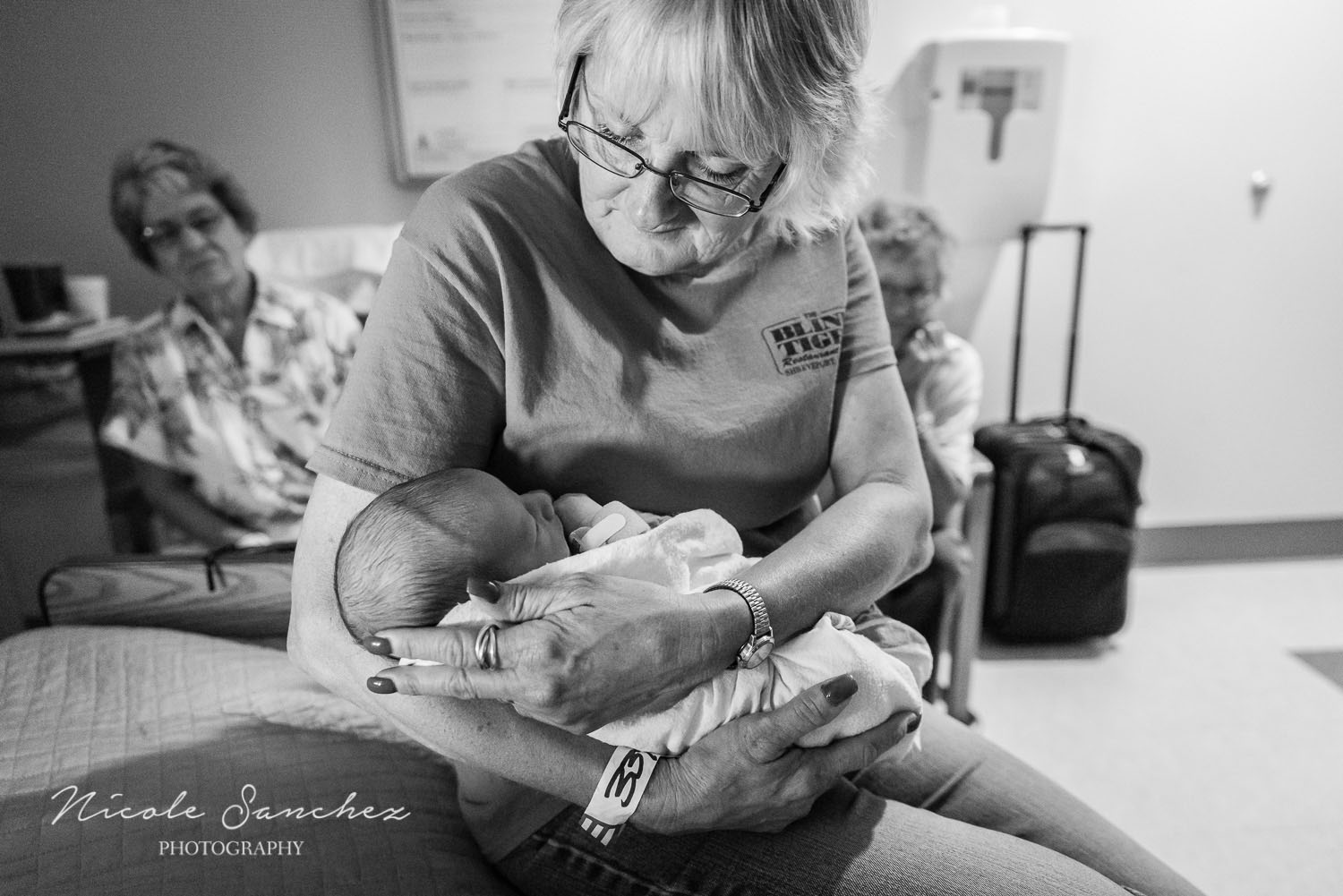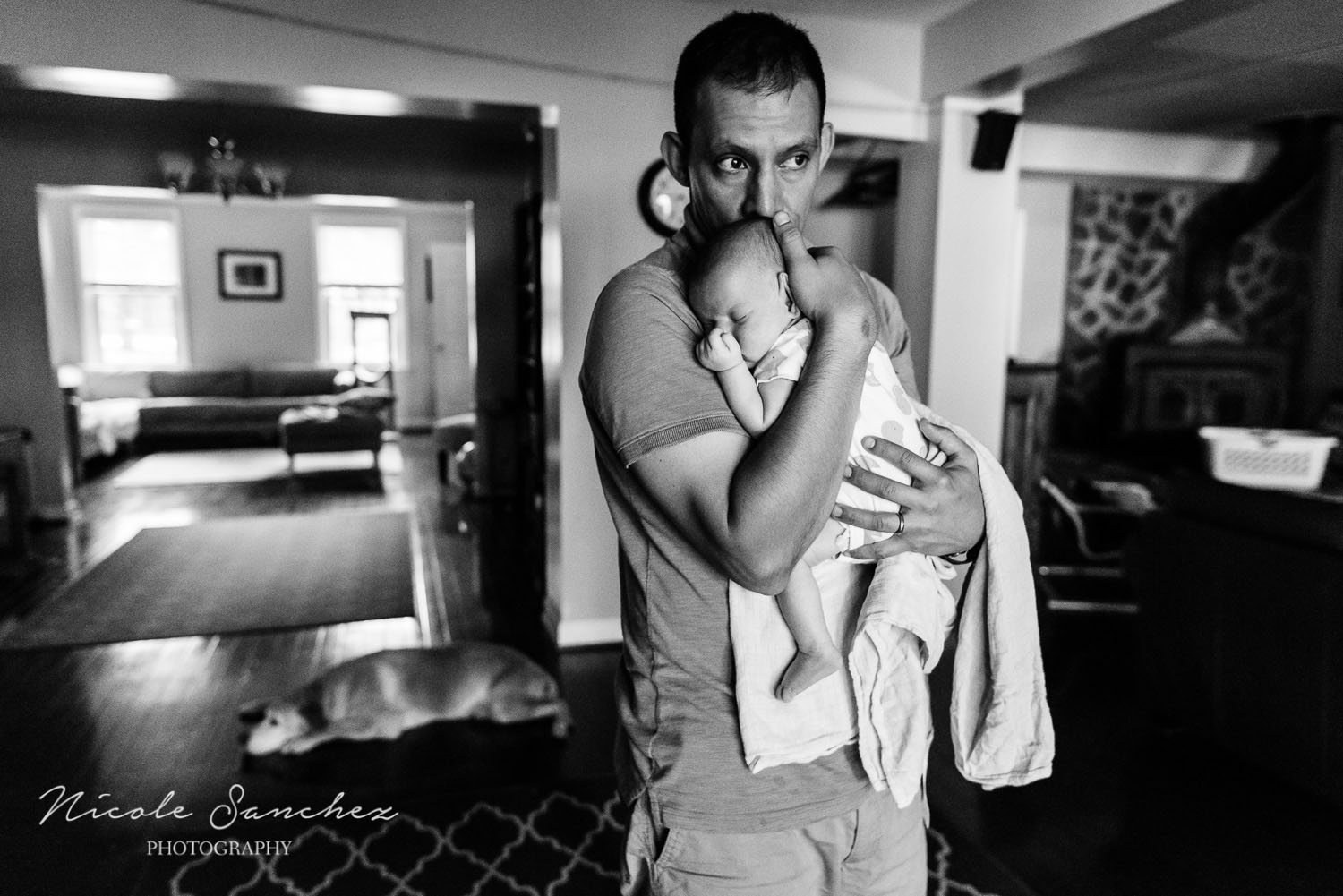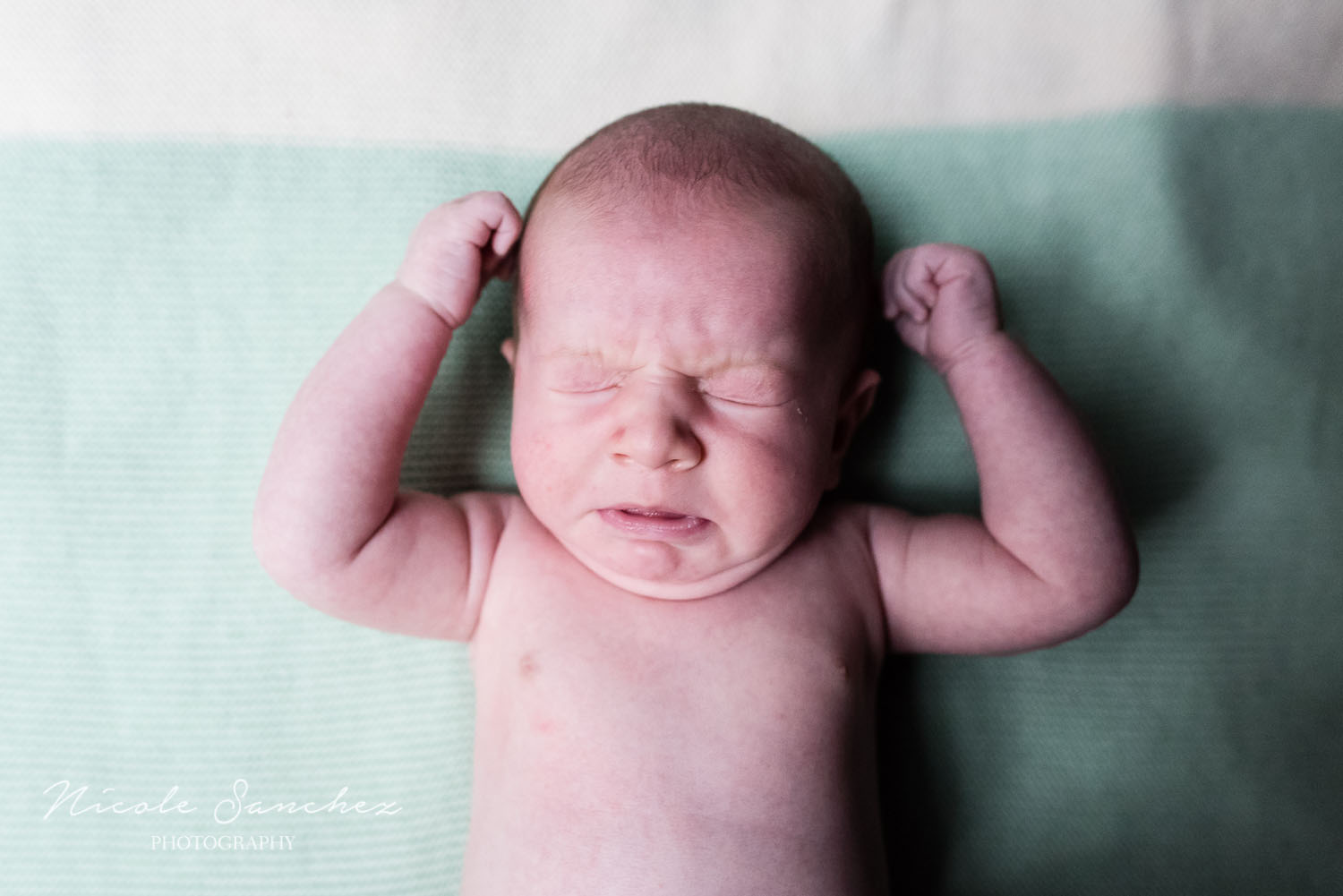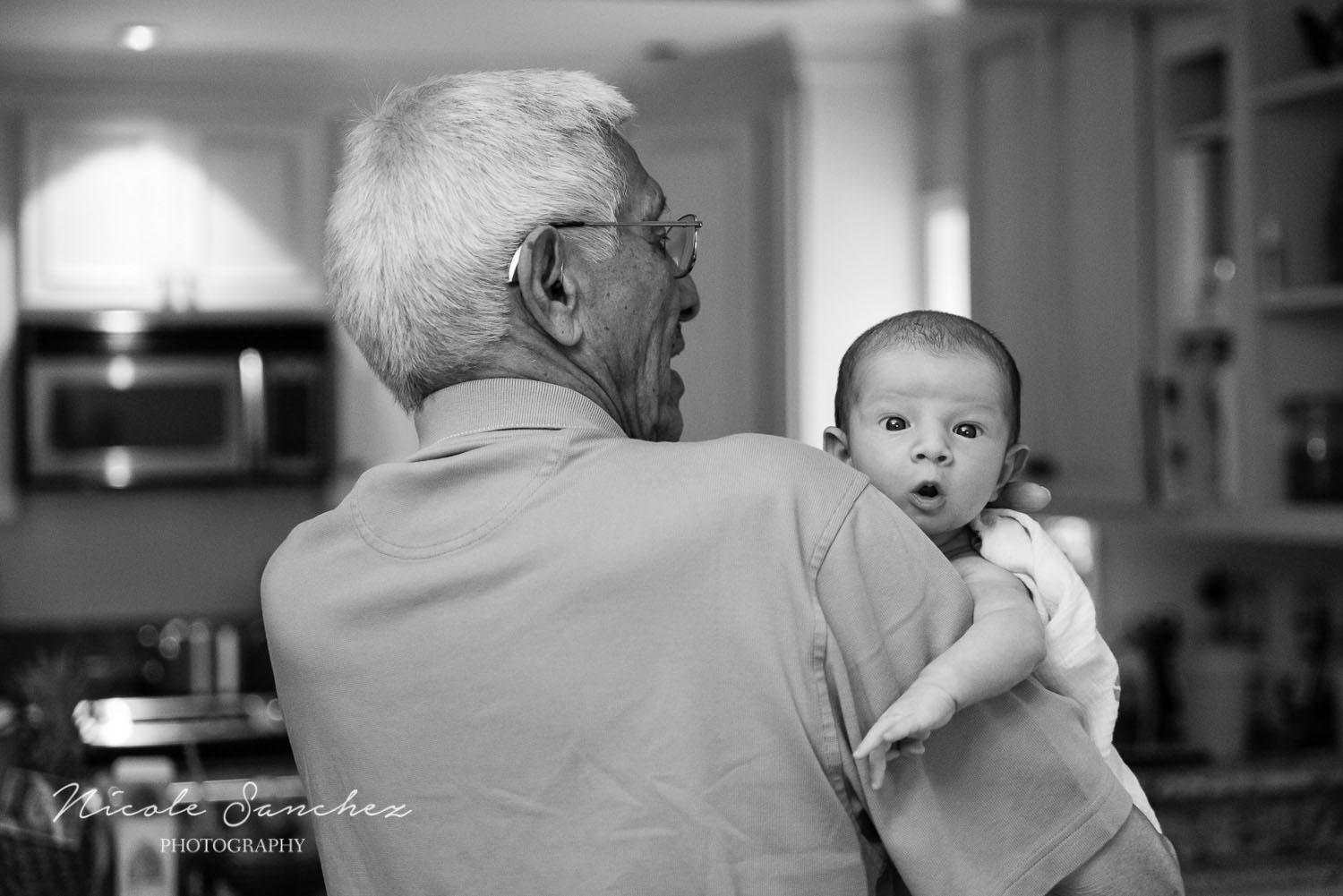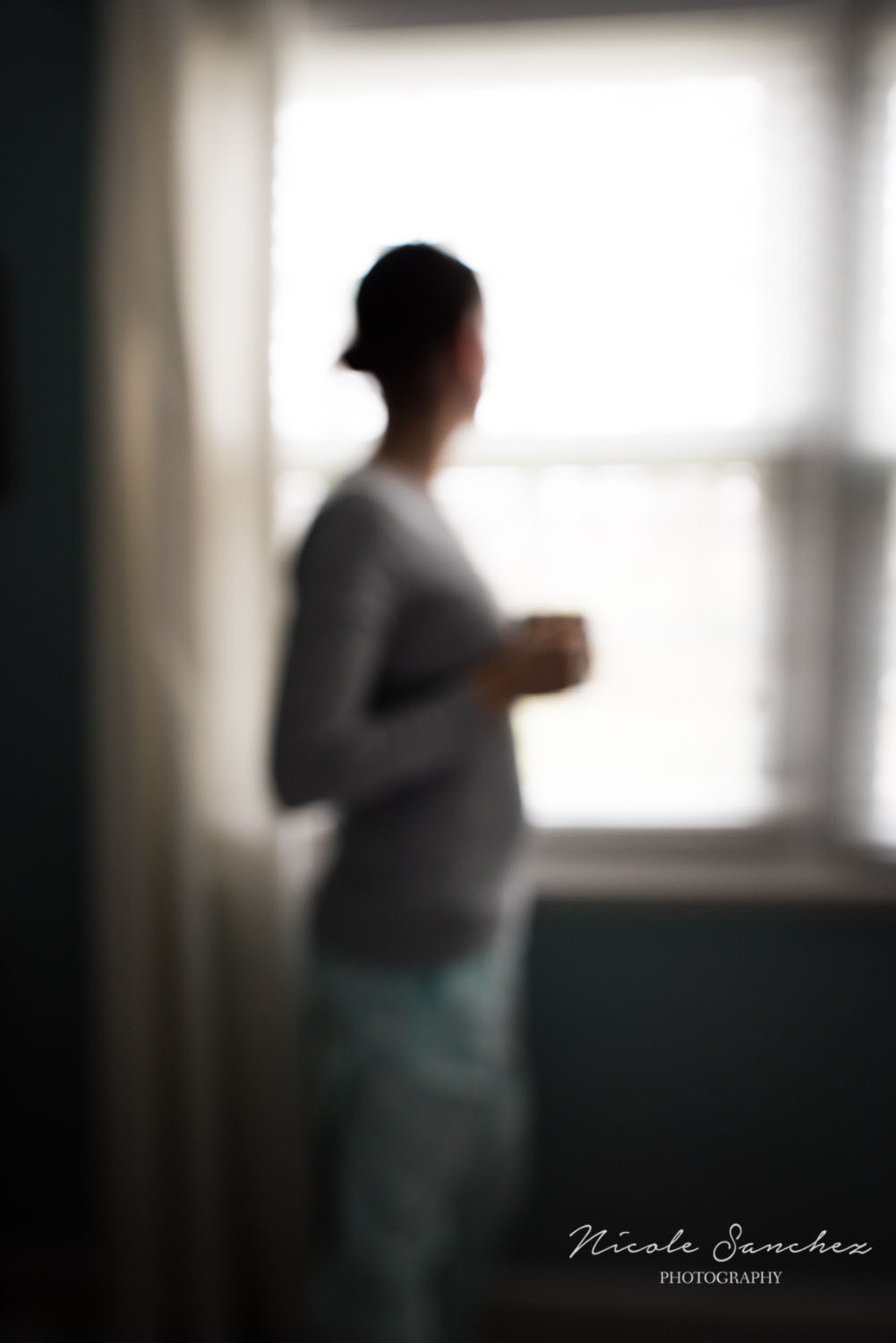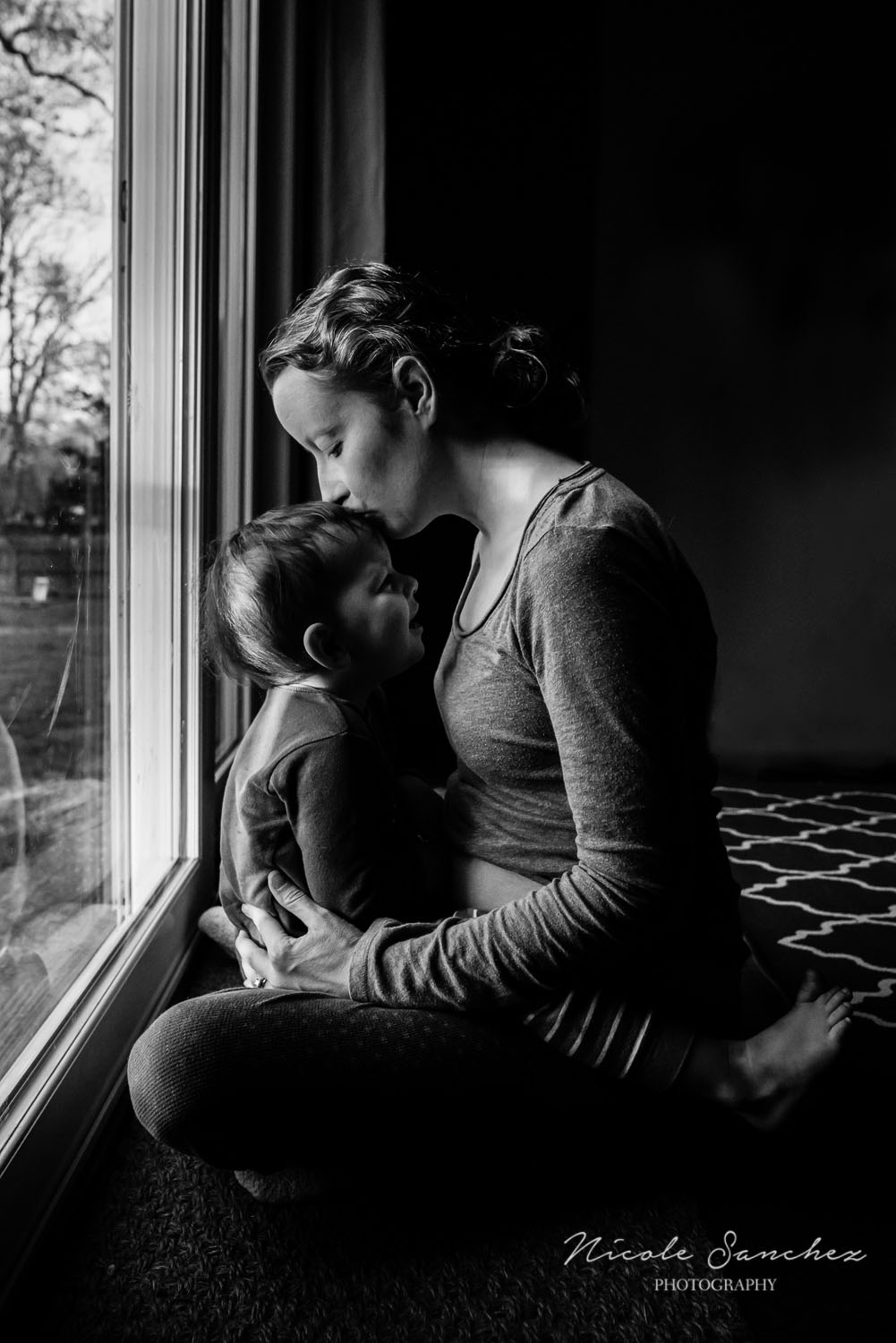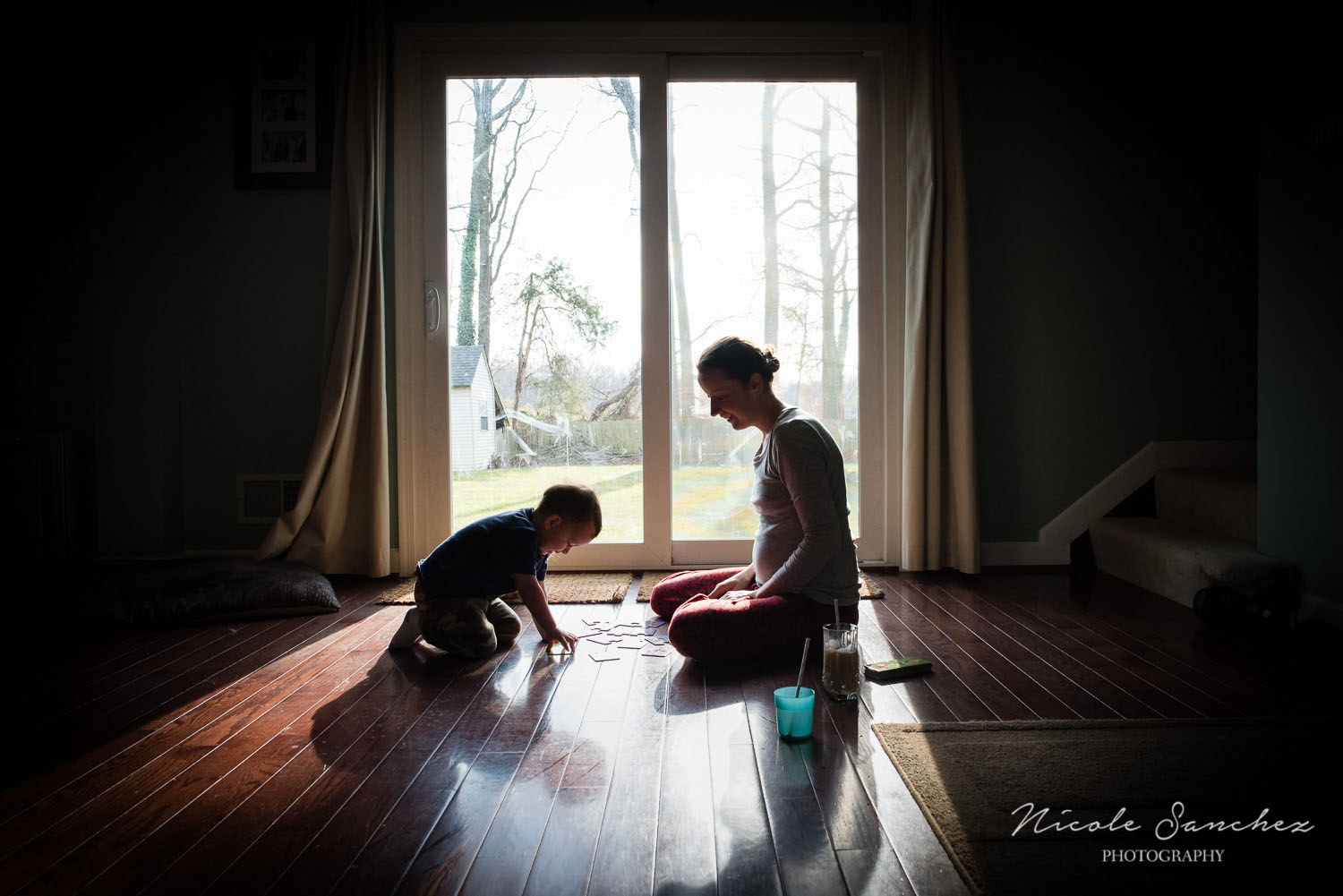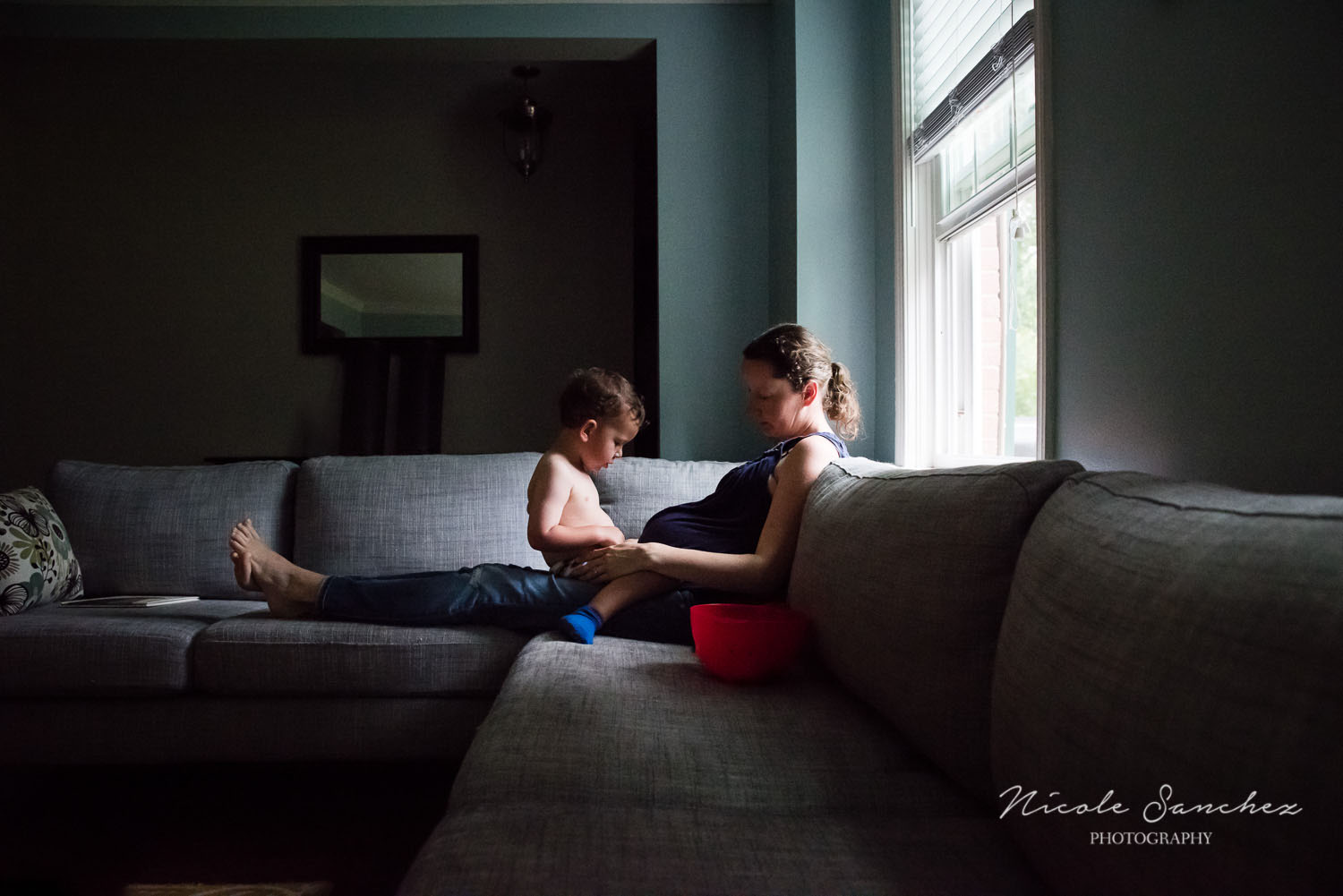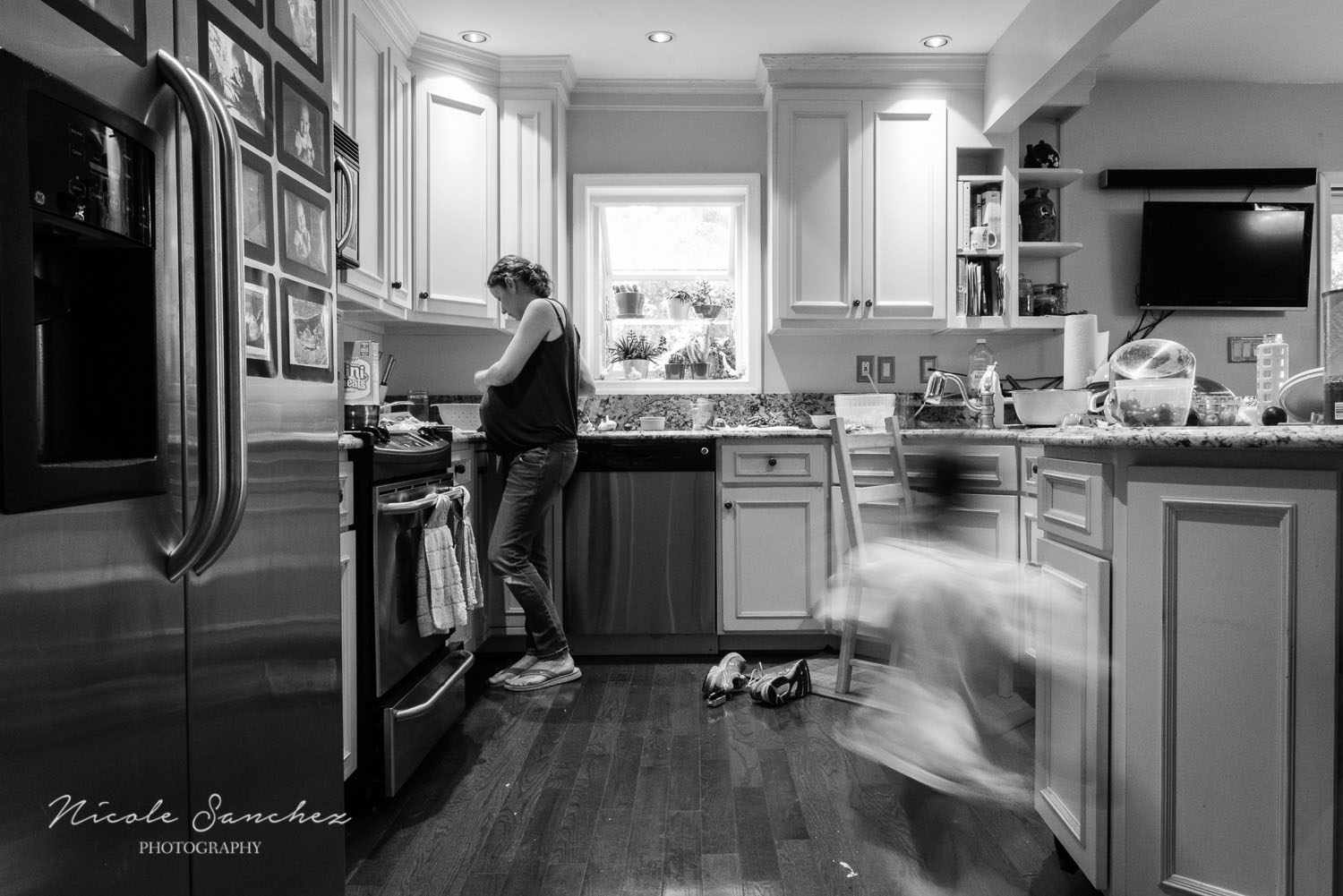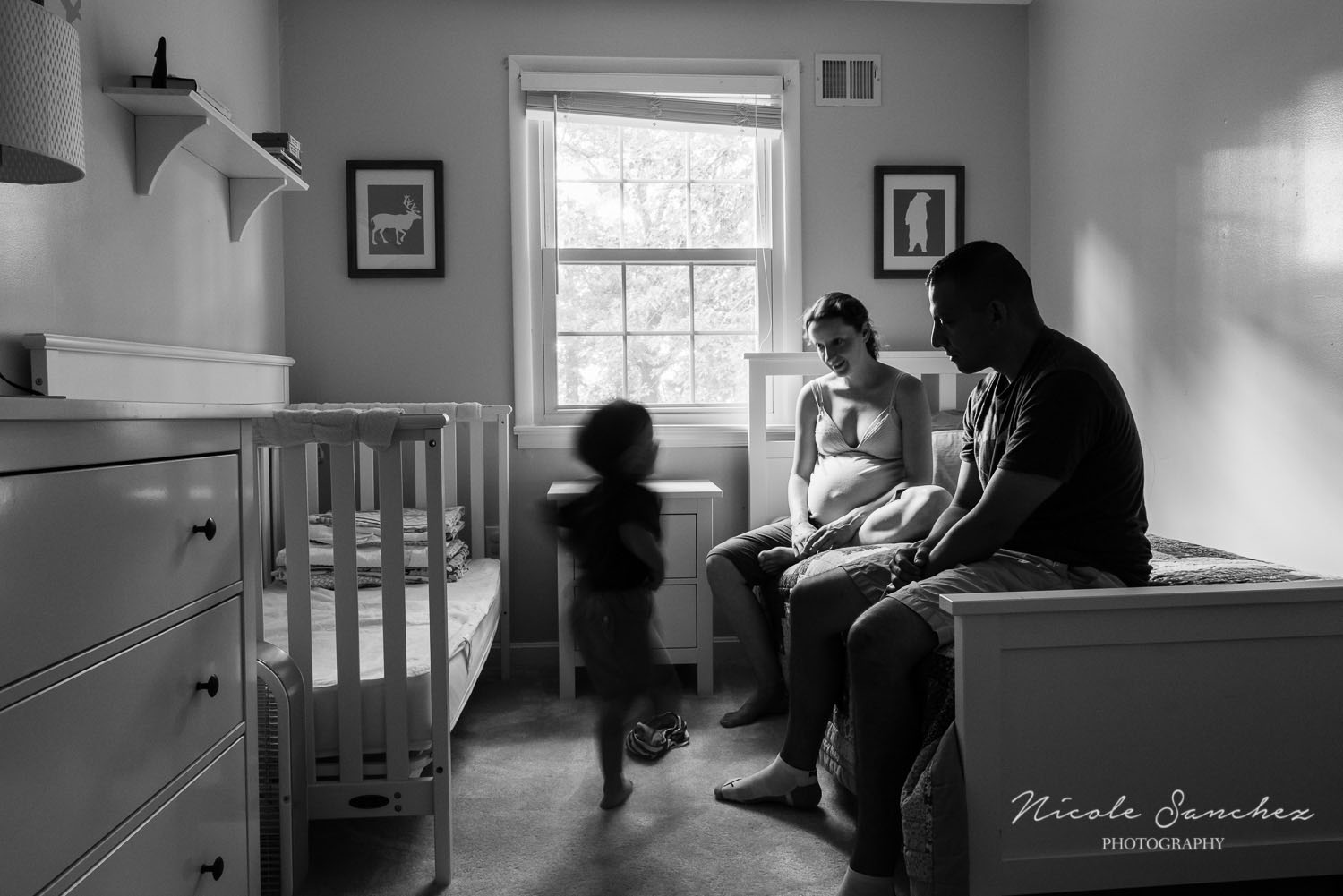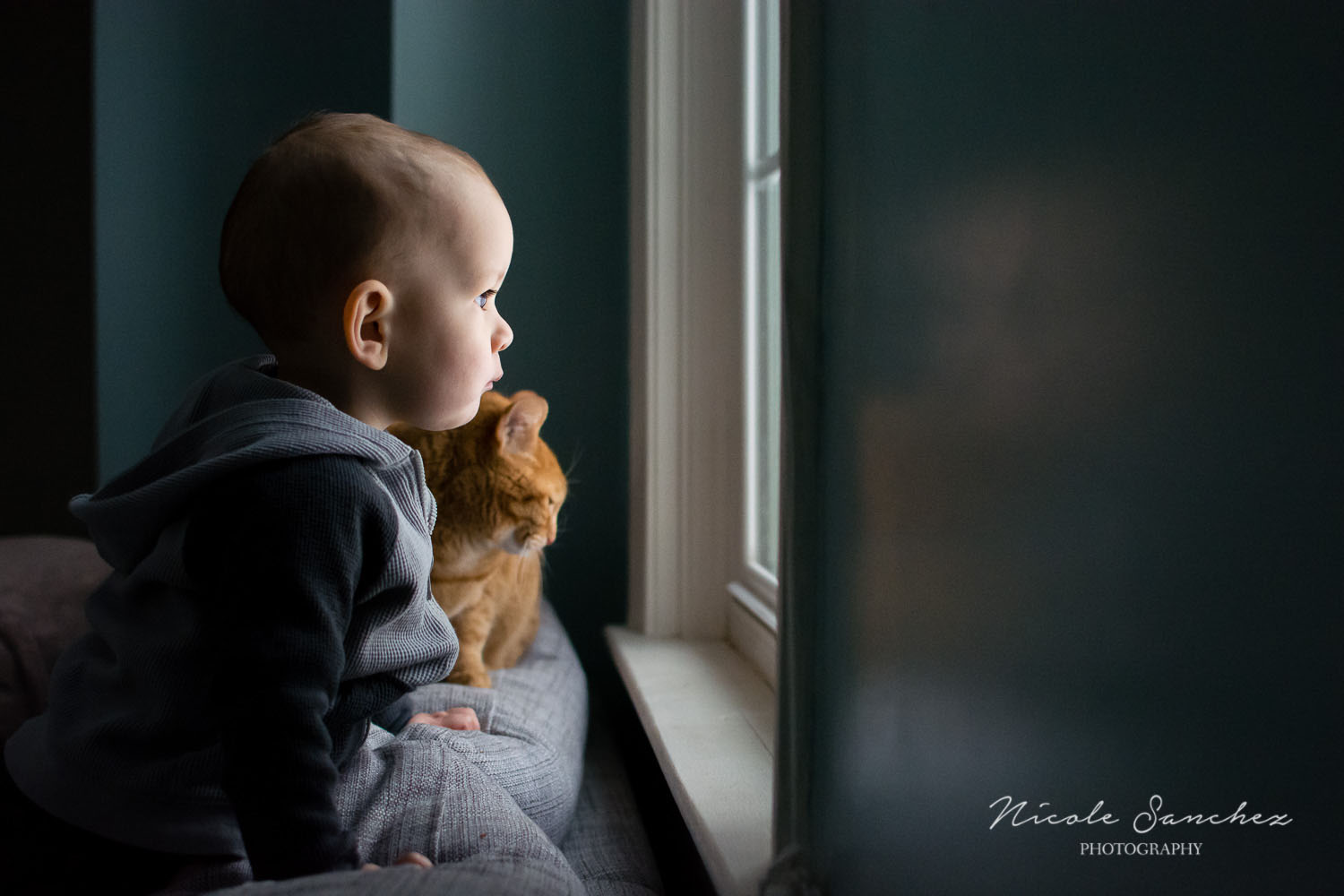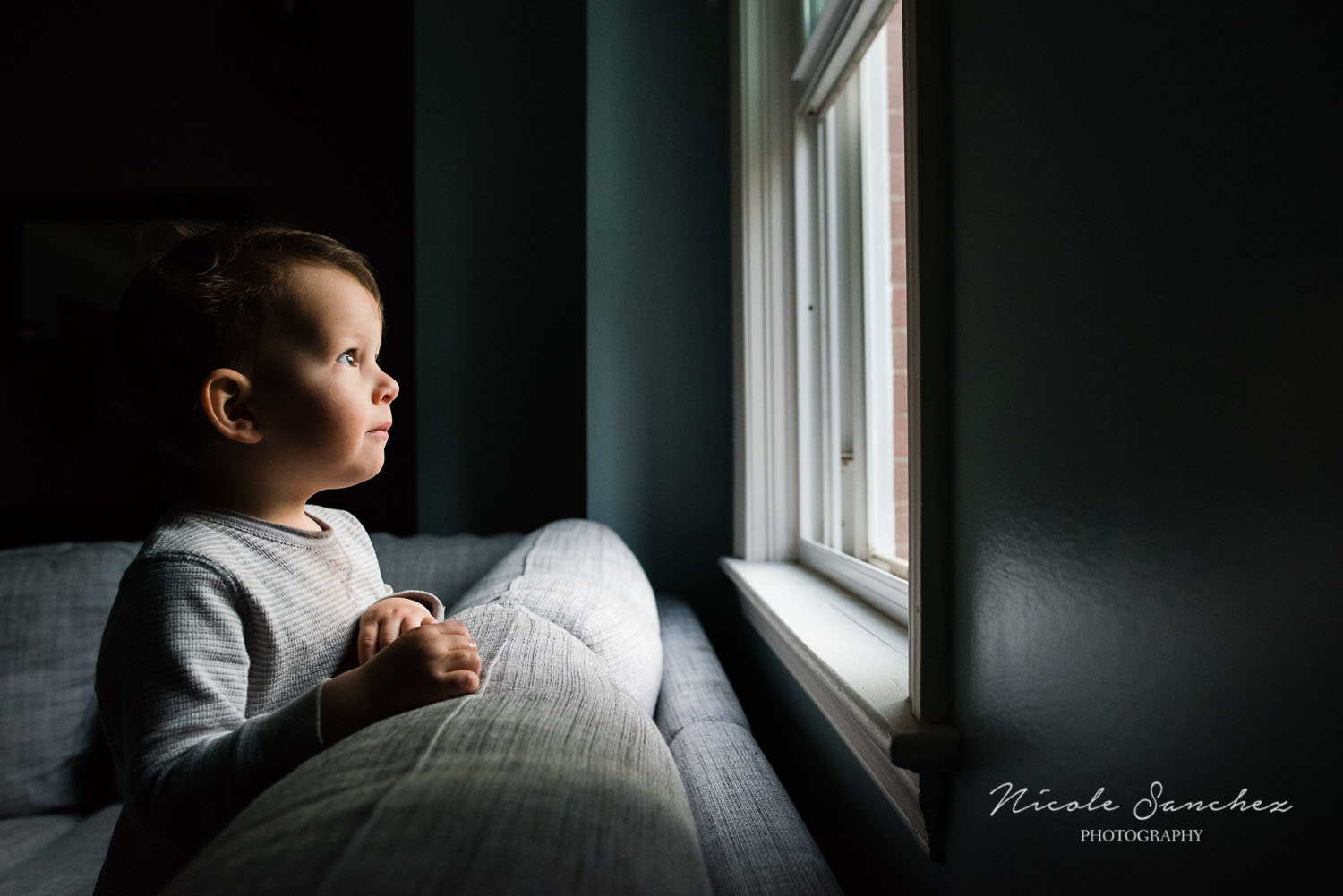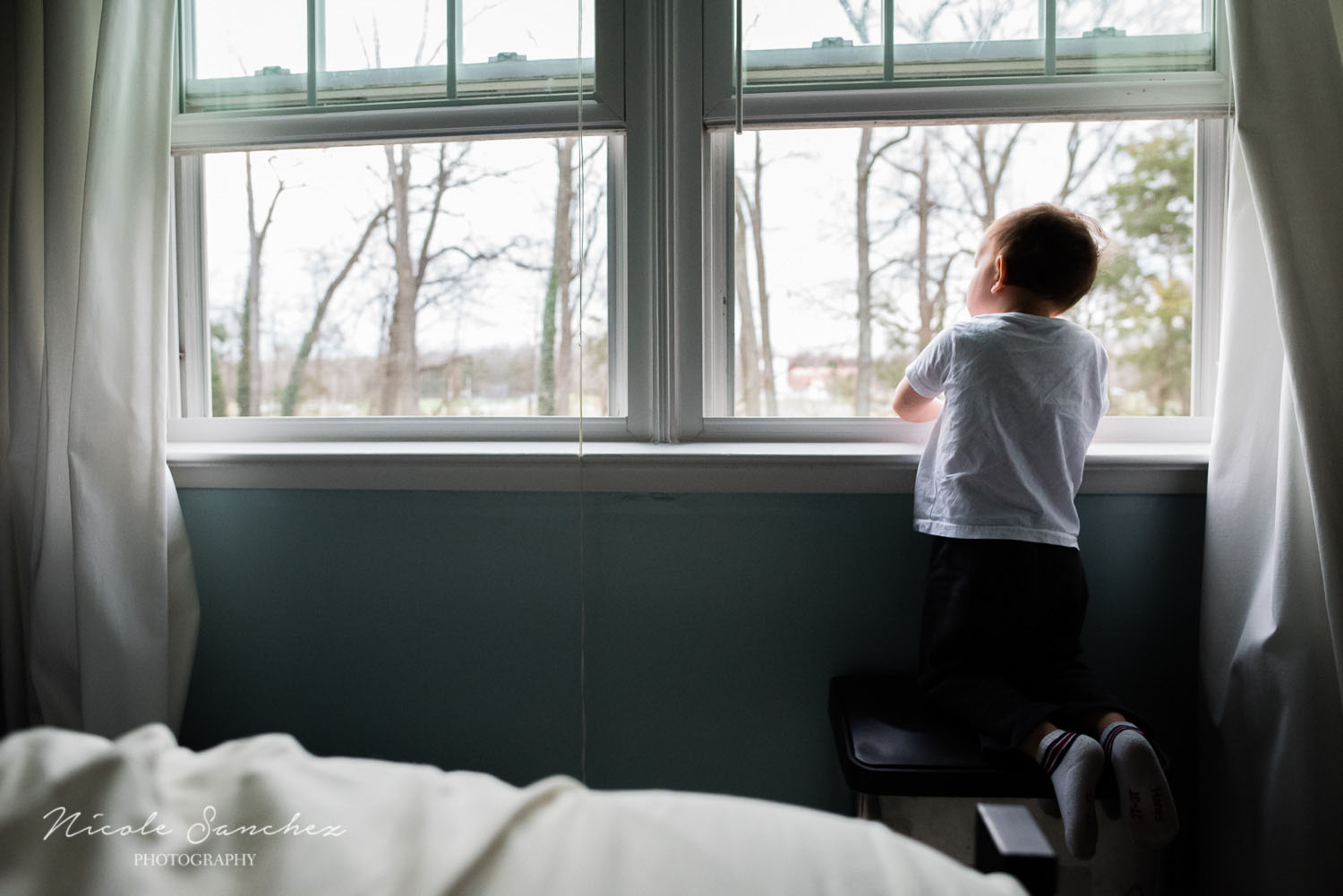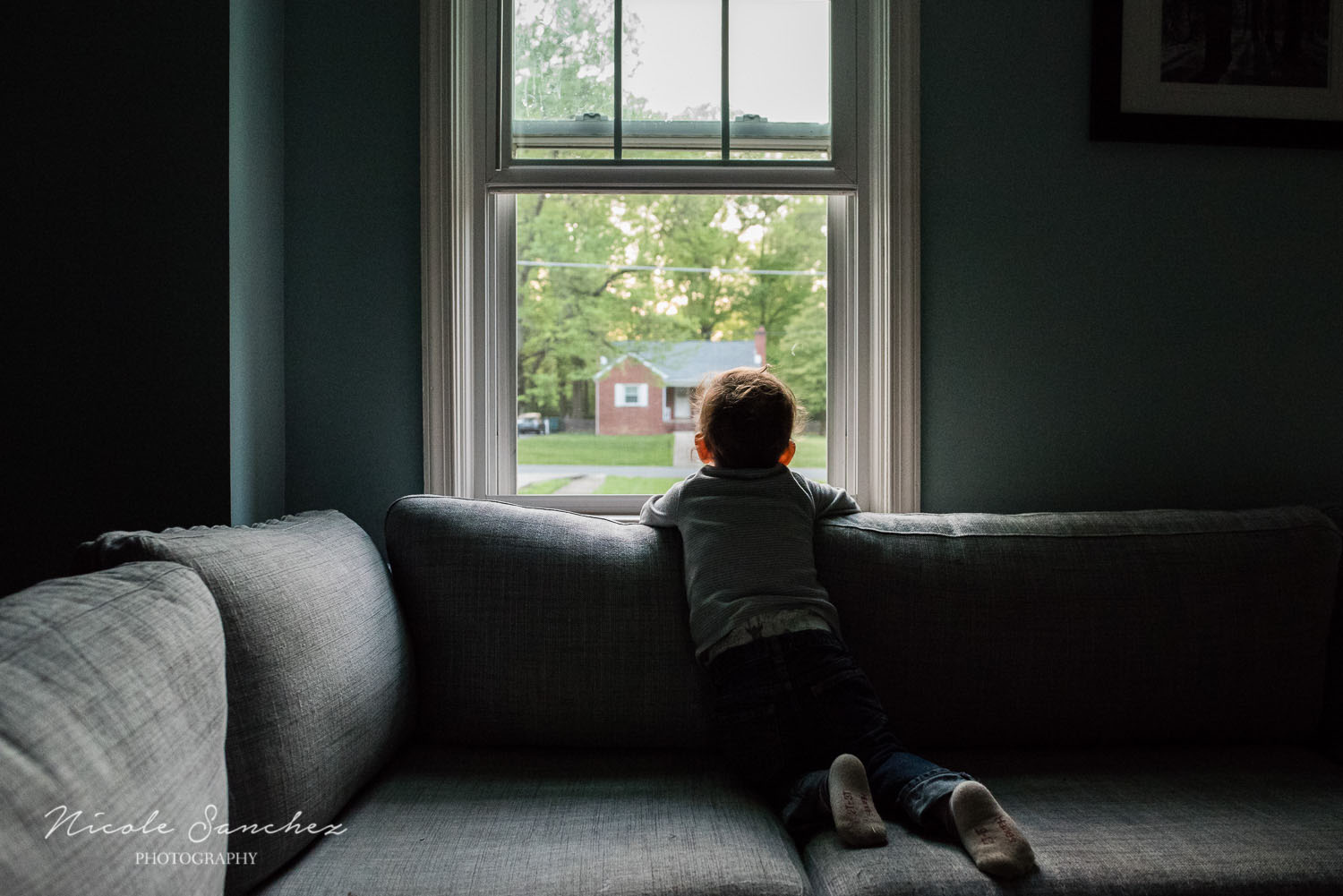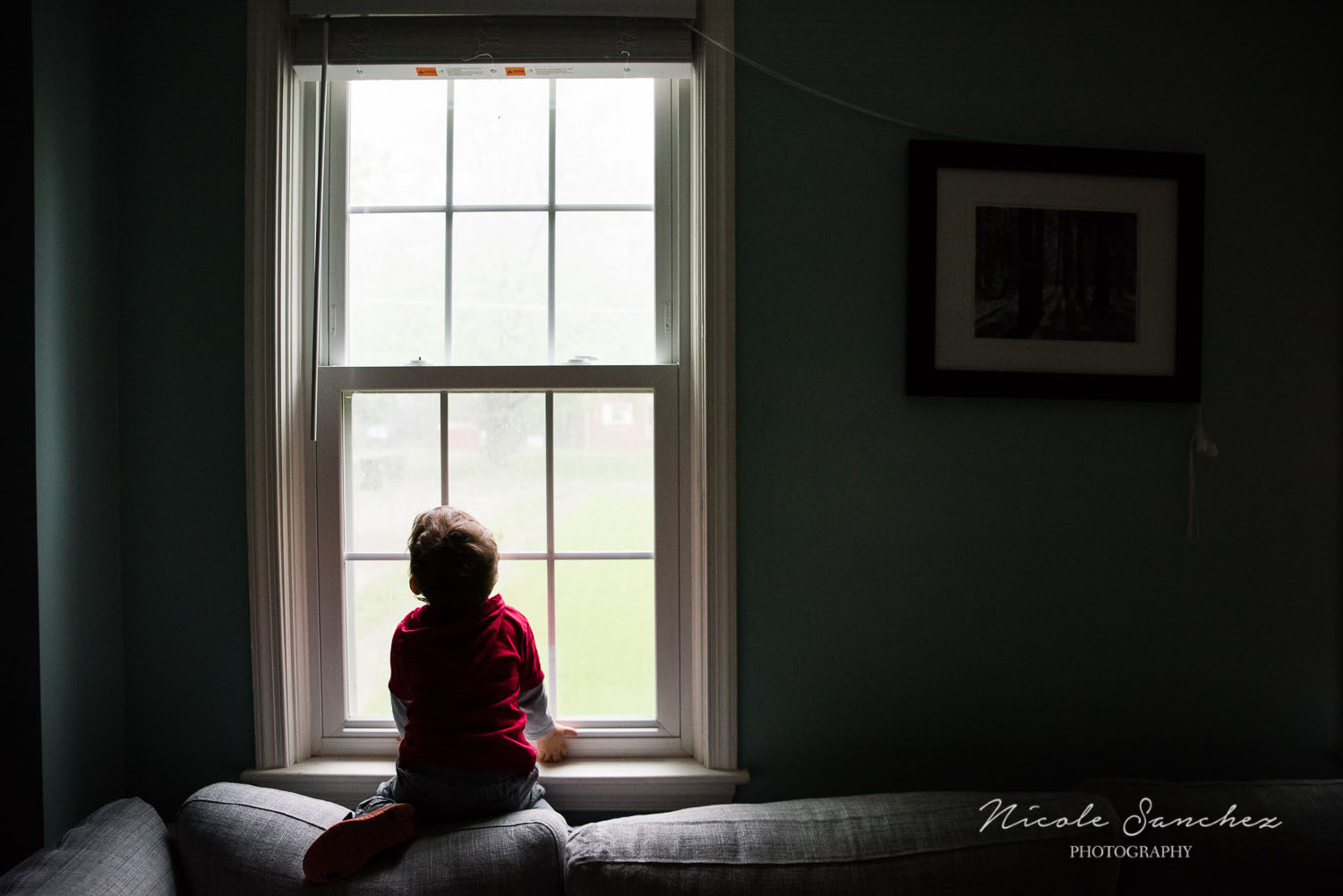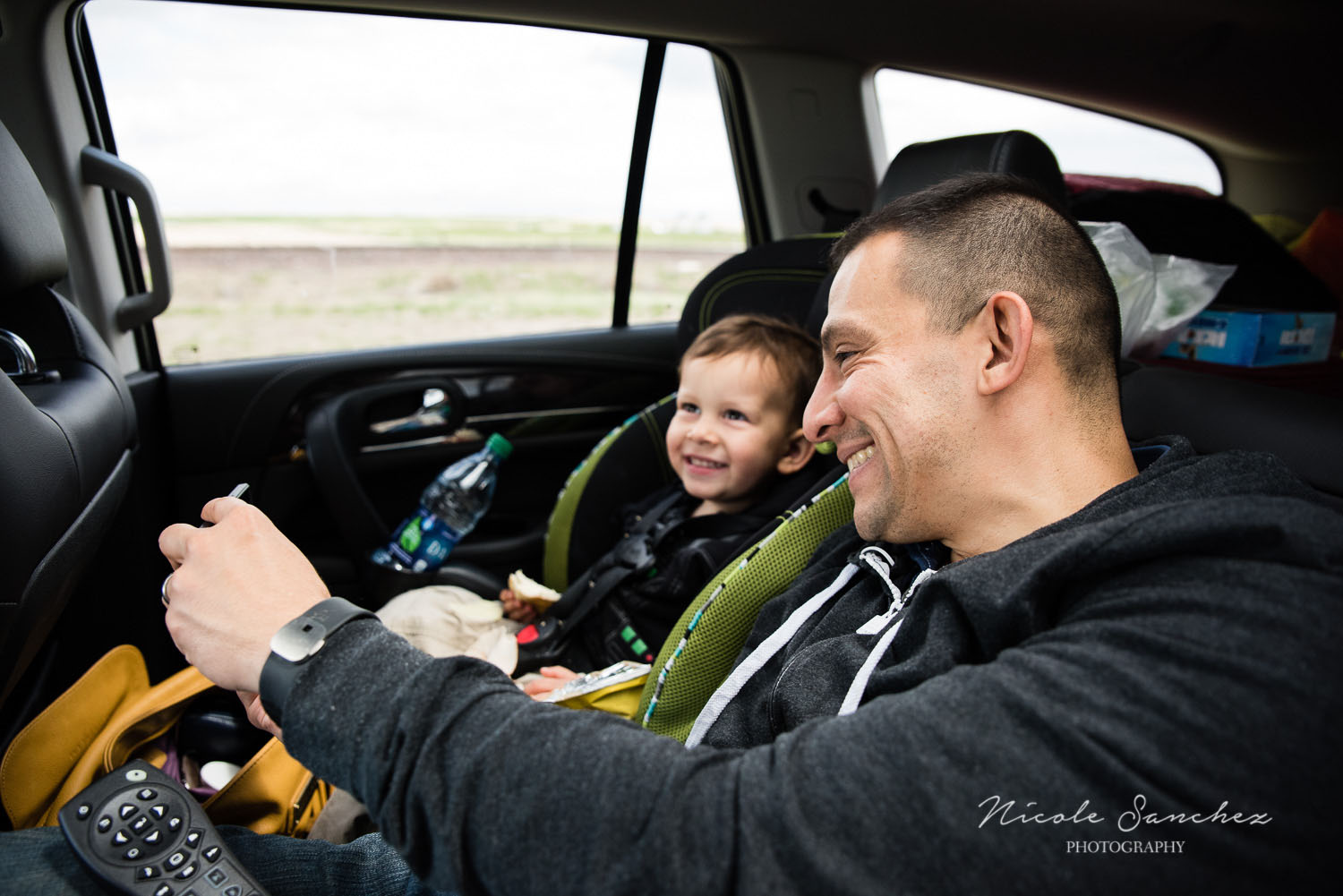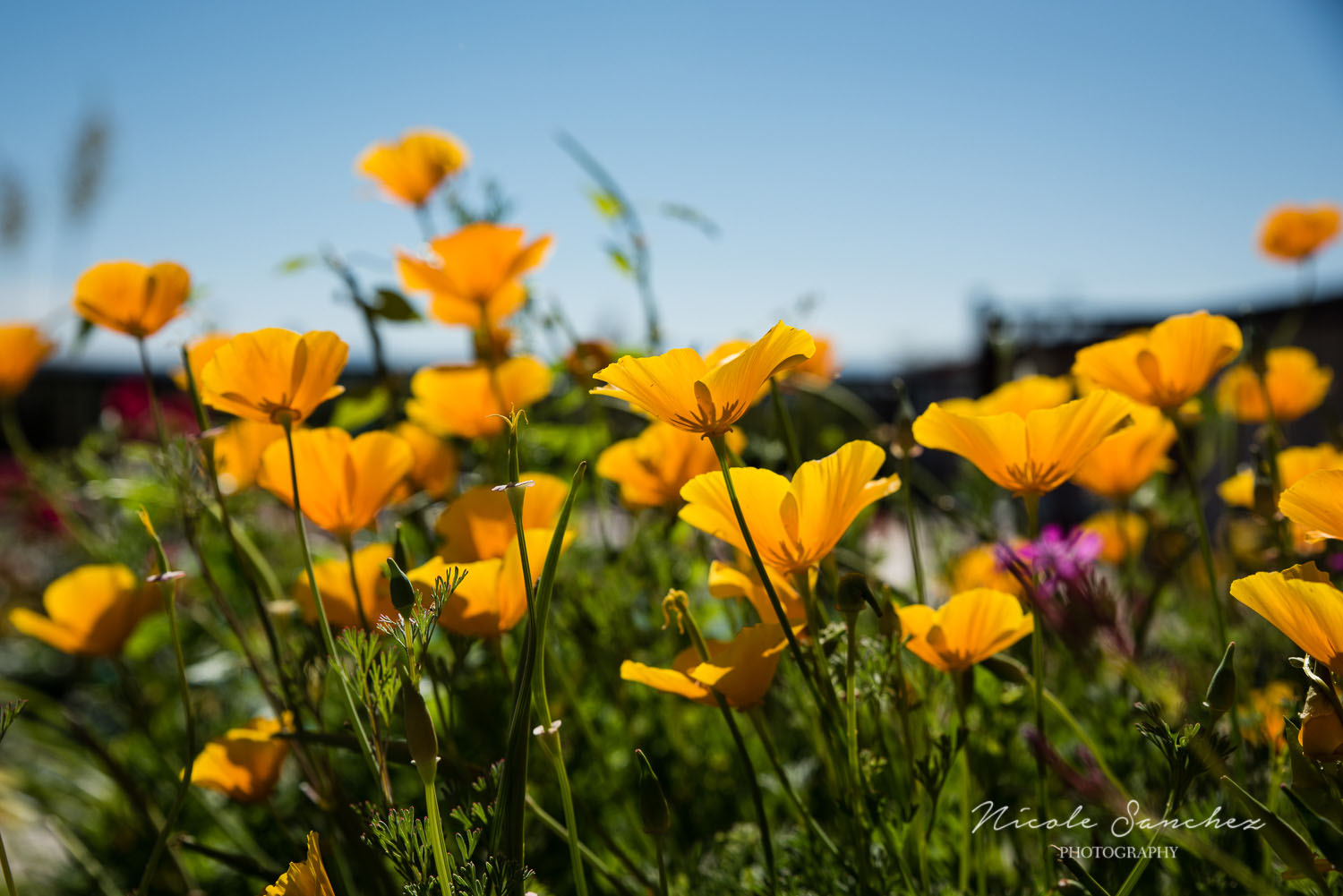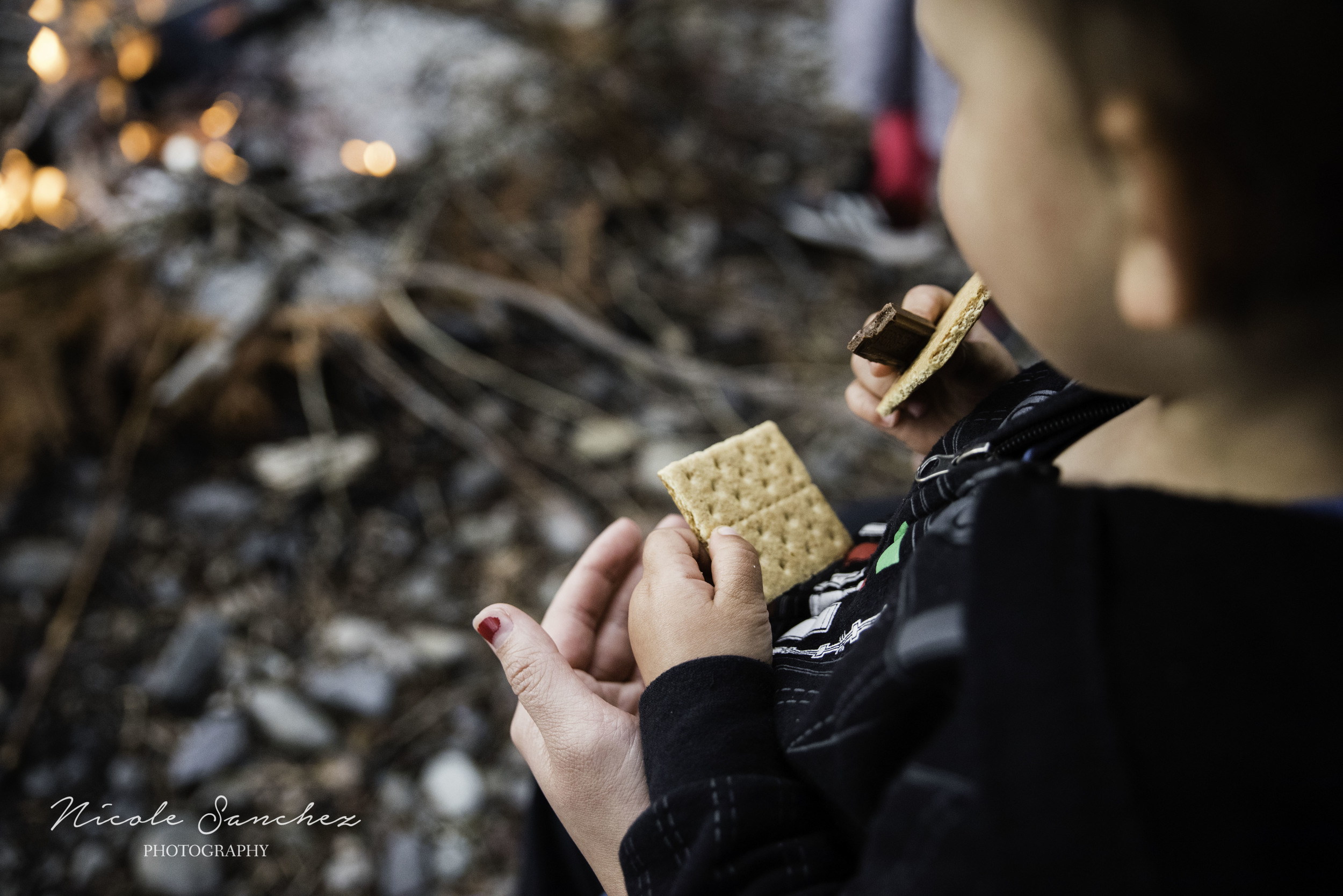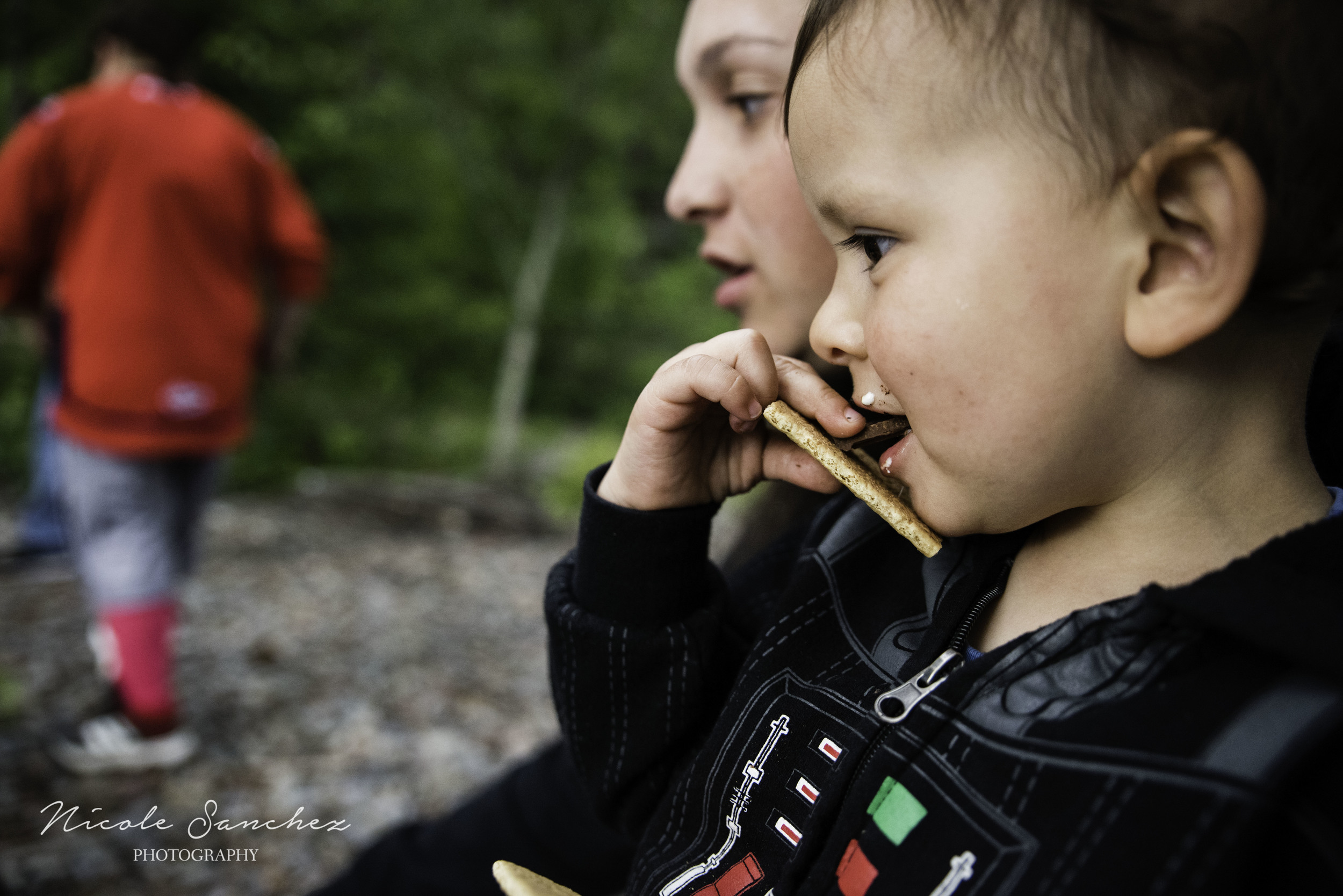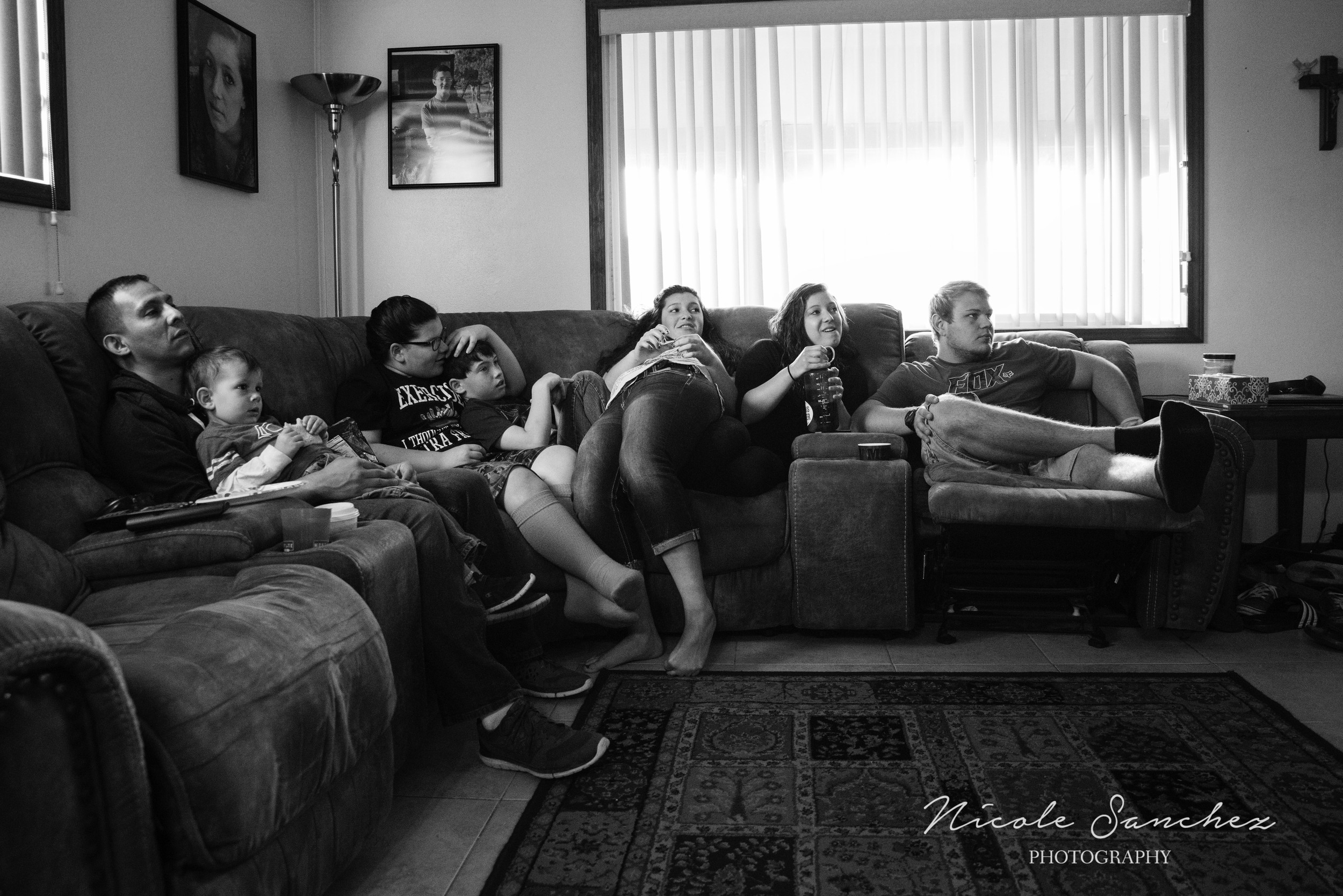One of my favorite things about documentary family photography is the challenge of telling a story through pictures. Ideally, the viewer should be able to look at the picture and understand what is taking place and/or be moved to some emotion. I love cute pictures of my kids (just check out my Instagram feed!), but my favorite images, and I feel my best images, are the ones I have to work hard for. A great picture is the result of multiple decisions made by the photographer about how to best show the scene they see and tell the story in a way that emotionally connects with the viewer. This challenge is what keeps me pulling out my camera on an almost daily basis.
This post is part of the Storytellers blog circle, a group of documentary family photographers from all over the world, who come together monthly to post one image and explain the choices they made that take it from a simple snapshot to more profound storytelling. Continue the circle by checking out Andrea Moffatt's March image at Little Story Studio.
This image is one of my favorite recent ones, despite, and perhaps because of, there being no faces. It was an unseasonably warm day in Northern Virginia and my husband, son, and I were taking the dog for a walk. My son was full of energy and I'd taken advantage of many photo opportunities along the walk already. When I saw the lines from the shadows of the fence created by the mid-afternoon sun, I knew I had to try to incorporate them into an image. This frame is one of many that I took that day and while there were a few others that were successful in depicting the story in different ways, this was the one that resonated with me most because there is just enough of my son's legs at the corner of the frame to show his energy and love for climbing and my husband and I are present as shadows that are encouraging his exploration (and documenting it at the same time).
When I'm considering making an image, I have three key elements in mind: light, composition, and moment.
Light - Light was the simplest to factor in here. Mid-afternoon sun isn't the most inspirational light, so I just had to make sure to expose for the highlights. I later brought up the shadows in Lightroom to give detail to those areas.
Composition - Composition was the most fun. I loved the grid that the fence shadow created on the ground and after watching the shadows our bodies were casting, I knew they were strong enough to stand on their own (i.e. not need a body visible to make the action in the scene clear). I played around with attempting to get my son's entire body in the image, but wasn't able do to that without compromising mine and my husband's shadows. In composing, I also had the full frame in mind. I often shoot based on rule-of-thirds, but sometimes it's fun to play around with placing the subjects in other places, like the corner here.
Moment - Once I found a composition that worked, I just had to be patient and wait for the movements to come together so that it was clear what my son was doing AND so that my husband and I were both visible and our shadows weren't just blobs, but clear human forms. This took some trial and error as sometimes one of us moved in a way that made our shadow run into the lines of the fence. Waiting for the right moment is often the hardest part of making an image for me.
What would make this image more successful? Part of improving the skill of making storytelling images is noticing what could be better. In this case, I wish my form and the fact that I'm taking a picture (as you can see in my husband's form) were more apparent. I also feel that the visual weight of the evergreen trees take the eye away from my son's legs in the corner. If I were to re-edit, I might play around with the brightness and saturation in the trees to make them less noticeable.
I look forward to sharing more of my process behind making storytelling images next month!
Want to learn how to document your own family's day-to-day? Check out 4 Steps to Stop Time and Savor the Moment with Your Family. It's a simple and fun plan for documenting your family's life with beautiful photographs.


























